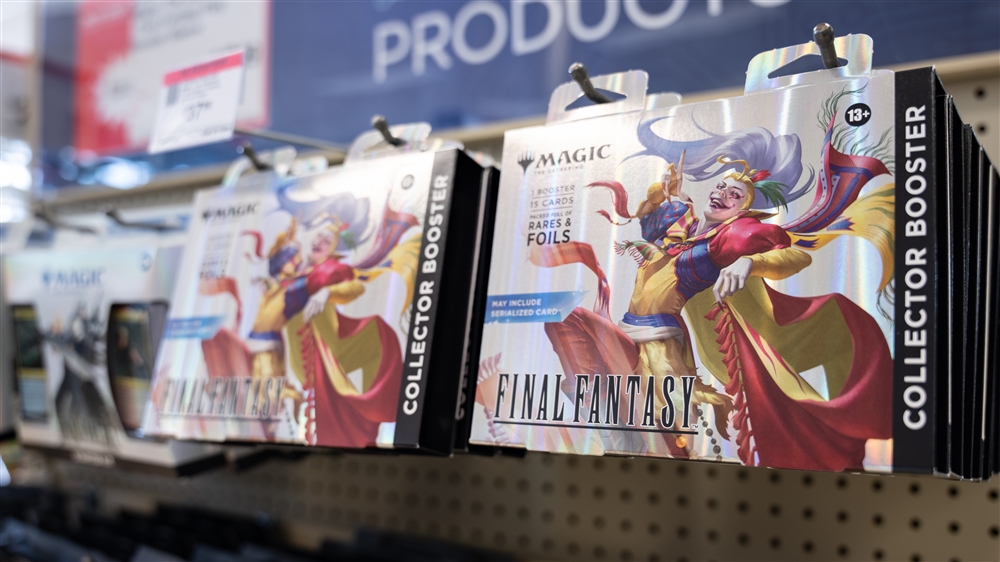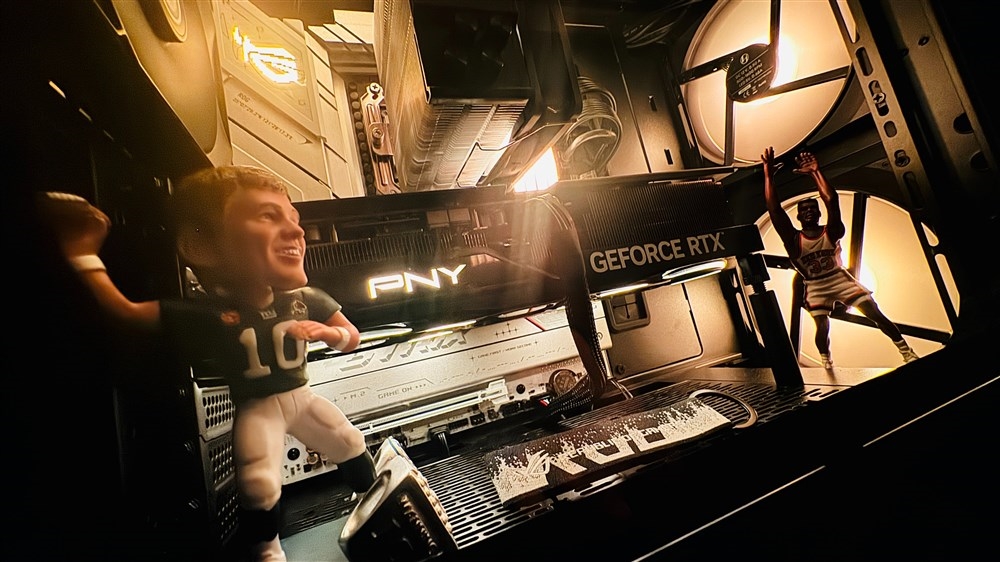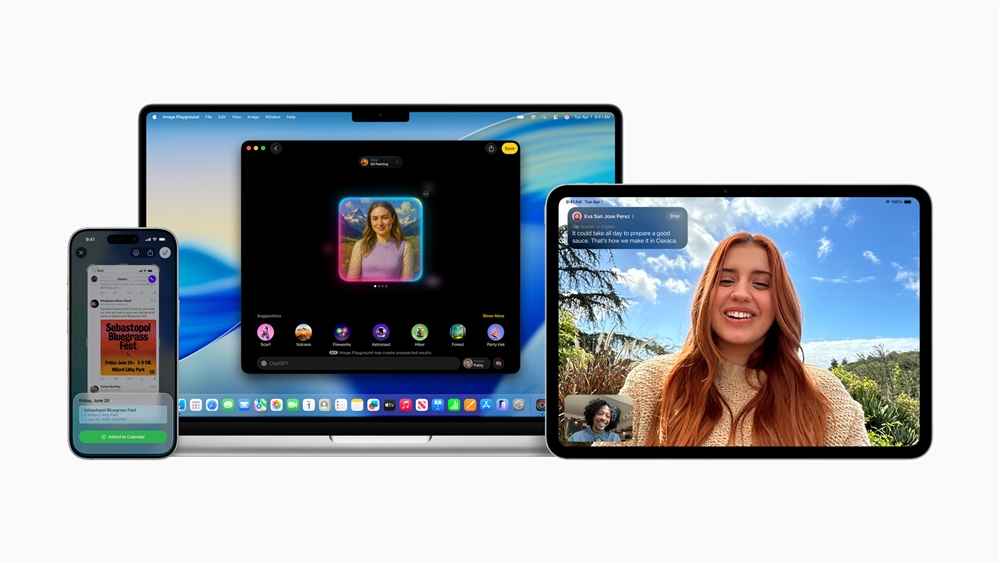Testing the Oculus Quest 2
The Oculus Quest 2 is a great way to get into VR.Reviews

Testing the Oculus Quest 2 was my first experience using VR headsets in general, as it was something I wasn’t super interested in, but looking to get it as a present for my brother. I had an opportunity to test out the brand-new Oculus Quest 2 and predecessors Oculus Quest and Oculus Rift S. Going into this, all I knew about the three systems were their resolutions, refresh rates, and whether or not they connect to a PC. It was quite an experience!

The Oculus Quest 2 is a pretty simple package!
I started with unboxing the Quest 2 and, as I was opening the package, I noticed that there wasn’t a lot going on. Inside was just a headset with two controllers and some accessories like the charging block/cable and a spacer for those that wear glasses. I started up the system and had issues getting the Quest 2 over my head due to my glasses. I installed the glasses spacer accessory to no avail, still having problems wearing the headset. I took off my glasses and began setting it up, noticing that things were blurry since I did not have my glasses.

Phillip T taking off his glasses in preparation for a virtual reality experience!
I also noticed that I could see everything that was under me through the cutout for my nose. Since I was in a bright room, I could see the light in my peripherals from where the nose rest was. After just a few steps of setup and struggling to read some instructions, I gave the Quest 2 to my coworker who had to set up his Oculus Account with the VR headset and download some games. While waiting, I decided to try out the Oculus Quest 1 he brought in.

Giving the original Oculus Quest a whirl
I put on the Oculus Quest and noticed that it’s still pretty blurry and wasn’t sure if it was just due to my poor vision without glasses or the lower resolution than the original Quest has. I took off the Quest and put on my glasses, and the Quest fit perfectly over it with zero issues. The Quest is larger than the Quest 2, which allowed my glasses to fit better inside. This Quest also did not have the glasses accessory in, and it felt OK with glasses on. The Quest also had the same issue as the Quest 2 - seeing through the nose cutout. Maybe my nose is just too flat, and I chose to ignore it.
I began with Beat Saber and noticed that some text lines and logos looked more pixelated than blurry on the Original Quest with my no-longer blurred vision. You could see that there were no straight lines on any text, which was something I was going to look for in the Quest 2. Once I had a few songs under my belt in Beat Saber, we tested out the Oculus Quest 2, which was now ready for action.

Phillip creates the guardian boundary before gameplay
Putting on the Quest 2, I decided to try getting the glasses working again after the success I had with the original Quest. After a solid 5-10 minutes of struggling, I hit the perfect position and had complete comfort. I took off the headset and noticed my glasses were deep inside the Quest 2 and secured in place by the cushion that goes around your face. I put in the glasses spacer accessory and tried a new method of putting it on with my glasses. I put my glasses into the headset first and then put on the Quest 2. It helped tremendously! This workaround is sort of ridiculous, especially after how smooth the Quest was when putting it on with glasses, but at least I could wear my glasses with no issues.

Beat Saber on the Oculus Quest 2 casted on the Oculus App!
I started up Beat Saber, and there was a very noticeable difference as the game was loading. The first thing was that pixelation on logos and text that I kept an eye on has disappeared. Awesome. I knew Oculus built the Quest 2 for higher resolution and a higher refresh rate, and I could immediately see the difference in resolution. Getting into the songs, I noticed the blocks coming at me in a very smooth manner. Everything looked and felt better with the Quest 2.
The next game I played was Vader Immortal and I accidentally started playing the normal mode rather than the Lightsaber Training mode that I had intended to play. I quit out of that section pretty quickly and went to Lightsaber Training. The goal was to bounce lasers back to these flying robots, and did I notice one thing on this, spatial audio on the built-in speakers was not good. There would be multiple droids around you with a distinct charging noise, so you knew which direction to face to bounce a laser. It was ridiculously hard to do this with spatial audio using the built-in speakers.

How can you not try SUPERHOT on the new Oculus Quest 2?
We began testing the Oculus Quest 2 with the Oculus Link and found the whole system to be smooth to set up. My coworker, who has more experience with VR and the Oculus Quest/Oculus Link system, told me that the Oculus Link is known to be fussy with the original Oculus Quest. It’s good to see that there weren’t any issues getting the Oculus Link going with the Quest 2. We booted up SuperHot, and I noticed that my starting position was very close to the game’s boundary set. As I was going through the levels, I reached a part where one of the guys I needed to punch was slightly out of the game’s boundary, and I was unable to hit him as the Quest 2 would tell me to return to the gaming zone. My coworker took over, redrew boundaries, and had 0 issues with the game after that. I am unsure why the game decided to set a default position to the edge and whether this was an issue with the Oculus Link or something I messed up with positioning when starting the game. After a few levels of Superhot, we needed to charge the Quest 2, which is pretty impressive that it lasted a solid 3-4 hours directly out of the box.

Oculus Rift S in action!
The last device I tried out was the Oculus Rift S, and I realized how annoying a cord could be after using the two wireless VR Headsets. I also instantly noticed that the nose cutout was flush with my face, and I couldn’t see anything through my peripheral vision. The fit felt fine with my glasses and I did not have to resort to the trick I did with the Quest 2; it felt as good as the regular Quest. As I loaded up the tutorial, it felt extremely more immersive since it was sitting flush to my face, and it didn’t feel like I was in a room with VR, but in the actual VR. The resolution was less than the Quest 2 with a lower refresh rate as well, but it all felt OK thanks to the headset sitting flush with my face.
After finishing up the tutorial, I played Pavlov, a First-Person Shooter. Pavlov was the first game where I had full moment control, and that was a very new experience and quite headache-inducing. It’s definitely because this is one of my first VR experiences, but boy does moving in free-roam VR feel quite different. Due to this, I began feeling that cord more as I was moving around and turning all over the place; I could feel that cord wrapping around me, which took a bit of the immersion out. I did some target practice and moved into the “Kill House,” which was like a military training course, and navigating that with VR was pretty dizzying, but I am sure once I use VR more, I would get more used to it.

Phillip is pretty content with the Oculus Quest 2
In the end, I think my favorite pick is the Quest 2; with the higher resolution and better refresh rate, as well as being wireless, it offered things that the Quest or Rift S couldn’t purely due to hardware. My small inconvenience was that Quest 2 was not very glasses-friendly, making it hard to wear; that could have some workarounds and doesn’t always apply to everyone. My next favorite was the Rift S, with my most significant issue being the wired cord, which isn’t a big concern unless you are playing more free-roam games. The Rift S felt right in the middle of the pack of all three. My least liked was the original Quest, which does make sense since the Quest 2 is a direct upgrade of the Quest, and the Rift S did everything the Quest did but better all for just a wire. With this being my first time using VR, I left with a few thoughts in my head, one is the headache that comes with first time experience, and the second is that I know I’m getting the best VR headset on a budget for my brother.







